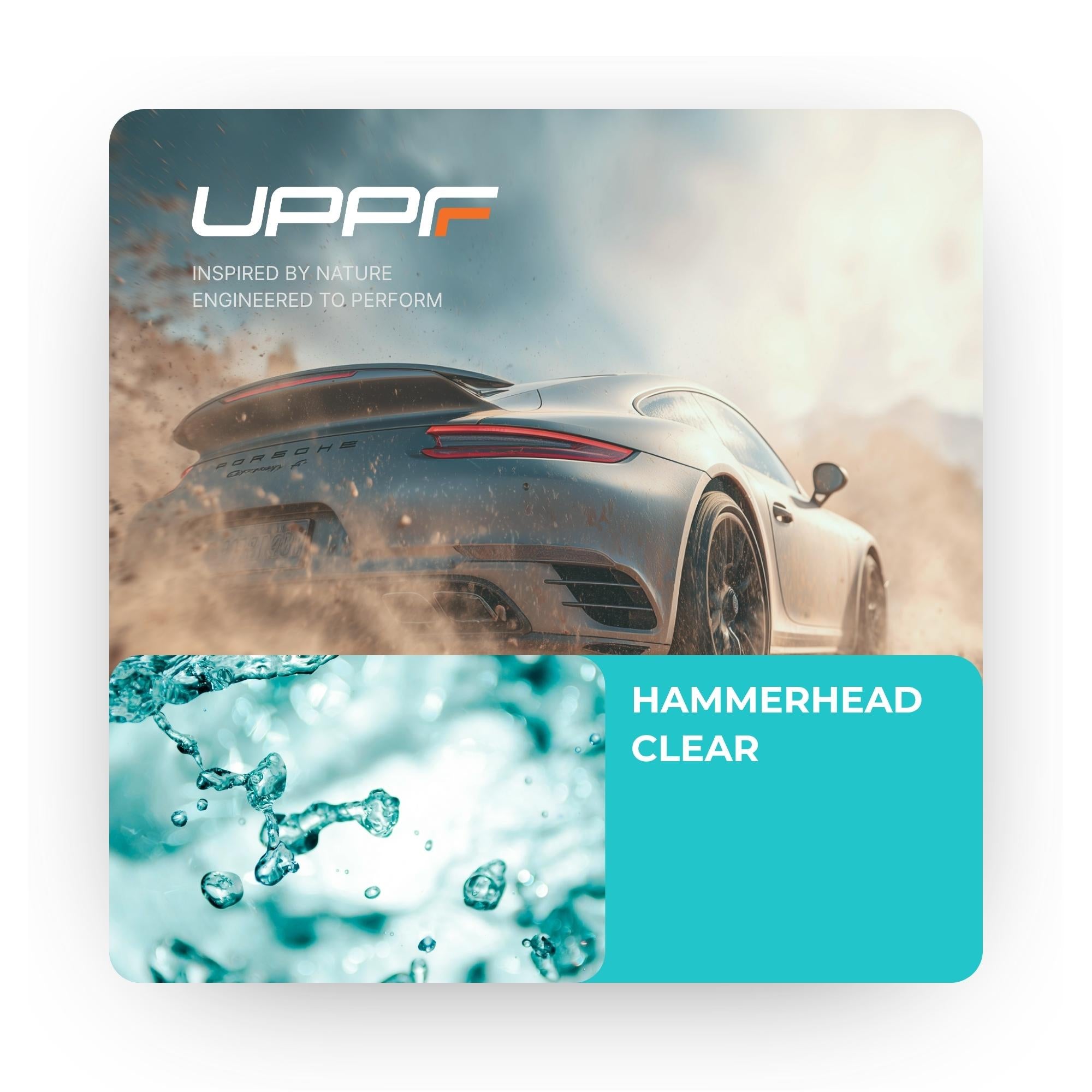TPU Technology and Self-Healing Properties: Understanding the Science
Thermoplastic polyurethane (TPU) represents a sophisticated polymer technology that combines the flexibility of rubber with the processability of thermoplastics. This versatile material has found significant applications in automotive paint protection films, where its unique self-healing capabilities provide an important advantage for vehicle protection.
TPU Material Structure
TPU consists of alternating hard and soft segments connected by covalent bonds, forming linear block copolymers. The hard segments, typically comprising diisocyanates and chain extenders, create crystalline domains that act as physical crosslinks, providing strength and durability. The soft segments, usually polyols, contribute flexibility and elasticity to the material. This segmented structure enables TPU to maintain elasticity while offering processing advantages at elevated temperatures.
The molecular architecture of TPU allows for elongation capabilities of 150-400%, depending on formulation, making it suitable for conforming to complex vehicle contours. The material demonstrates tensile strength ranging from 15-19 MPa in automotive applications, providing adequate protection against environmental damage.

Self-Healing Mechanisms
Molecular Chain Movement
The self-healing properties of TPU operate through thermally activated molecular chain movement. When the material temperature rises above its glass transition temperature (typically -40°C to -10°C for automotive TPU), the molecular chains gain sufficient mobility to migrate across damaged interfaces. This chain diffusion enables the reformation of physical bonds that restore material integrity.
Research demonstrates that molecular chain mobility increases significantly with temperature, enhancing self-healing capabilities. At elevated temperatures, the hard segment domains temporarily soften, allowing polymer chains to interpenetrate across fracture surfaces and re-establish physical crosslinks.
Temperature Requirements
Self-healing activation in TPU films typically occurs at temperatures between 40-80°C, depending on the specific formulation. Sunlight exposure can raise film surface temperatures to approximately 50-70°C, sufficient to activate the healing process under normal conditions. The healing time varies from 30 minutes to several hours, depending on damage severity and ambient temperature.
Laboratory studies show that complete healing of minor scratches occurs within 1-3 hours at 60°C, while more severe damage may require longer exposure times. However, this capability is limited to surface-level damage that does not penetrate through the entire film thickness.
Practical Performance
Healing Limitations
The self-healing process in TPU operates most effectively on minor surface scratches and scuffs. Deep cuts or punctures that extend through the film's protective layers cannot be fully repaired through this mechanism. The healing efficiency typically ranges from 70-95% recovery of original properties, depending on damage type and environmental conditions.
Environmental Factors
Temperature fluctuations, UV exposure, and mechanical stress affect TPU's self-healing performance over time. While the material maintains its healing capabilities throughout its service life, repeated damage to the same area may reduce healing efficiency. The process requires direct contact between damaged surfaces, making it most effective for linear scratches rather than material loss or gouging.
Real-World Applications
In automotive paint protection films, TPU's self-healing properties provide maintenance benefits by automatically addressing minor surface damage from road debris, car washes, and general handling. The technology works continuously during vehicle operation, with heat from sunlight and engine operation providing sufficient activation energy for the healing process.
However, the self-healing capability should be understood as a maintenance feature rather than a complete damage prevention system. Significant impacts, deep scratches, or chemical damage may still require professional repair or film replacement. The technology extends film service life and maintains appearance but does not eliminate the need for proper care and maintenance practices.
Technical Considerations
TPU self-healing relies on the material's inherent molecular structure rather than embedded healing agents or capsules. This intrinsic capability means the healing function remains active throughout the film's service life without depletion. The process occurs automatically when appropriate temperature conditions are met, requiring no external intervention or special maintenance procedures.
The effectiveness of self-healing depends on maintaining proper film installation and avoiding contamination that could interfere with molecular chain movement. Regular cleaning and maintenance help preserve the film's surface properties and ensure optimal healing performance throughout its operational lifetime.



















Share:
Bangsaen Grand Prix 2025 Thailand
Lando Norris secured his first Monaco Grand Prix win